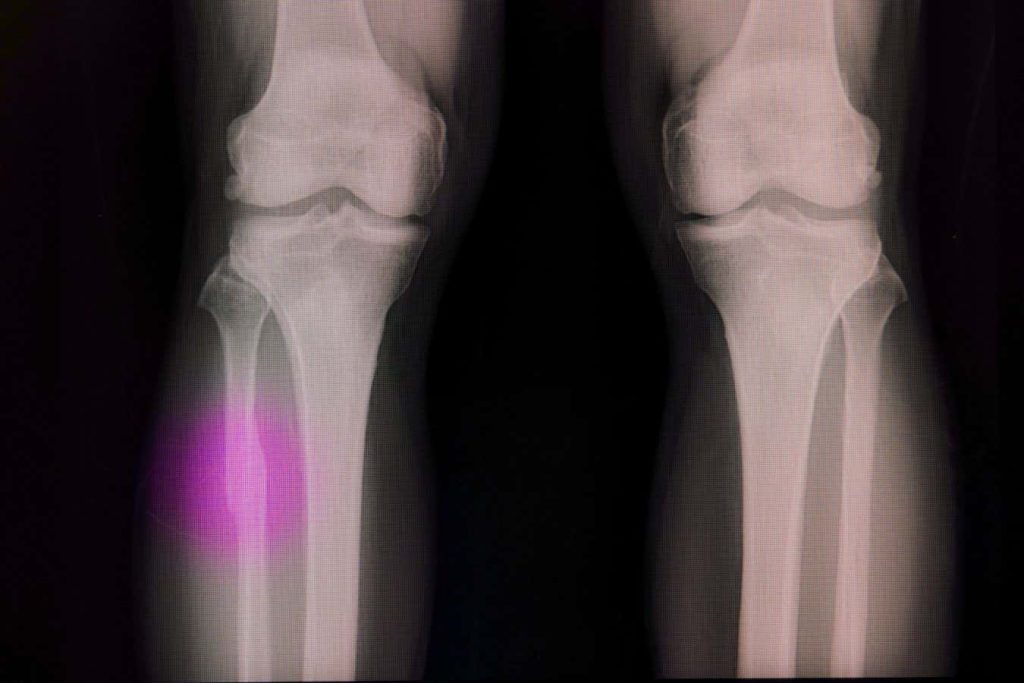Now Reading: Man Survives 200 Snakebites, Aids in Creating Powerful Antivenom
-
01
Man Survives 200 Snakebites, Aids in Creating Powerful Antivenom
Man Survives 200 Snakebites, Aids in Creating Powerful Antivenom

### Swift Summary
– Scientists developed a powerful antivenom using antibodies derived from Tim Friede, a snake collector who has been bitten approximately 200 times by venomous snakes.
– The antivenom combines Friede’s antibodies with the drug varespladib, protecting mice against venom from 19 perilous elapid snake species, including king cobra (Ophiophagus hannah).
– Current antivenoms rely on animal antibody extraction processes and are typically species-specific; this new approach aims for broader-spectrum coverage.
– Ethical concerns arise because Friede built his immunity through repeated self-exposure to venom. Researchers clarified they neither encouraged nor played any part in these activities.- Tested molecules target two neurotoxin families – SNX (short-chain) and LNX (long-chain) – found in elapid venoms that impair neural communication and lead to paralysis.
– Experts acknowledge scientific innovation but emphasize challenges such as cost-effective production, ensuring availability near high-risk areas, and addressing delays in treatment after bites.
[Image: Antibodies from snake collector Tim Friede used for broad-spectrum antivenom progress; Centivax]


### Indian Opinion Analysis
The innovative antivenom research marks progress toward addressing India’s dire challenge of fatal snakebites-estimated at nearly 50,000 deaths annually-attributed largely to logistical challenges and reliance on outdated treatments. The strategy of combining monoclonal human-derived antibodies with varespladib could improve safety compared to current methods limited to species-specific animal-derived serums.
However,ethical issues about relying on experimental self-exposure cannot be ignored. While scientists have distanced themselves from endorsing dangerous practices like those undertaken by Tim Friede, it raises questions about consent frameworks guiding human input into experimental medicine globally.
for India specifically-home to many elapid snakes-the success of broad-spectrum therapies could reduce mortality rates substantially if distribution barriers are addressed effectively. Affordability and rural healthcare penetration remain pivotal concerns for large-scale deployment within the country’s healthcare infrastructure. Collaborative efforts between global innovators and local governments may provide long-term solutions if clinical trials affirm real-world efficacy.
[Read More](https://www.scientificamerican.com/article/blood-of-man-whos-had-200-snakebites-helps-make-a-potent-antivenom/)



























